
Photo
After Reconstruction ended, there gradually emerged in South Carolina, as in other parts of the South, a romanticization of the "old South" and the glories of the Confederacy--a period many chose to...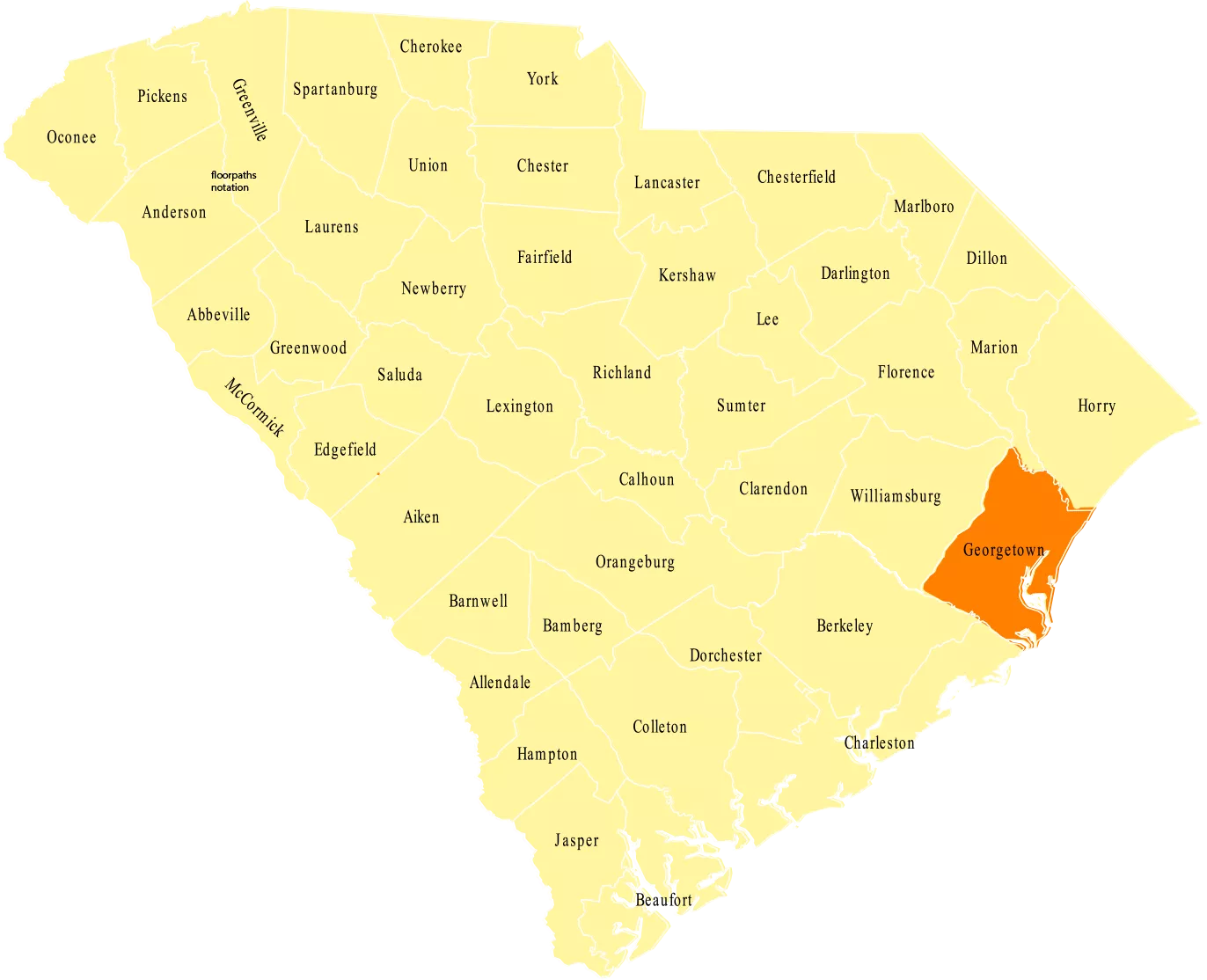
Although a number of Native American tribes already lived in the area and the Spanish had visited, English planters and their African slaves were the first to settle what is now known as Georgetown County. In 1769 Prince Frederick, All Saints, and Prince George parishes were combined, resulting in Georgetown District. In 1785 the district split into four counties including Winyah County. Winyah County would later be renamed Georgetown County in honor of King George II. Despite the approval of the British that this name suggests, Francis Marion regularly engaged in guerilla warfare from the county’s marshes during the Revolutionary War.
A coastal location has always served as a large source of wealth for Georgetown County. The location favored the growth of plantation crops, especially cotton and Indigo. In fact, Indigo planters became so affluent that they became their own level of high society known formally as the “Winyah Indigo Society.” Later, rice took over and became the crop of choice for Georgetown County plantation owners, but Indigo plants still grow wild in the area. Furthermore, the Georgetown Port, in the county seat of Georgetown, became such a source of income that pirates plagued the county’s coast.
Today one can easily observe a connection between Georgetown County’s past and its future. The African slaves brought over by British planters to farm cotton, Indigo, and rice have preserved the Gullah culture throughout the generations. This culture is especially evident on Sandy Island. Georgetown’s port still anchors the county’s economy. The county’s historical significance, coastal location, beach towns, and nature preserves make it a popular tourism destination.
Georgetown County, A Brief History. Accessed June 03, 2016.
http://www.georgetowncountysc.org/about/history.html

Photo
After Reconstruction ended, there gradually emerged in South Carolina, as in other parts of the South, a romanticization of the "old South" and the glories of the Confederacy--a period many chose to...
Photo
Margaret Law Trenholm and her friend Mrs. Plowden (in white) are dressed for fishing at the north causeway to Pawley's Island in 1910. From the Trenholm/Morgan Photograph Collection. Courtesy of the...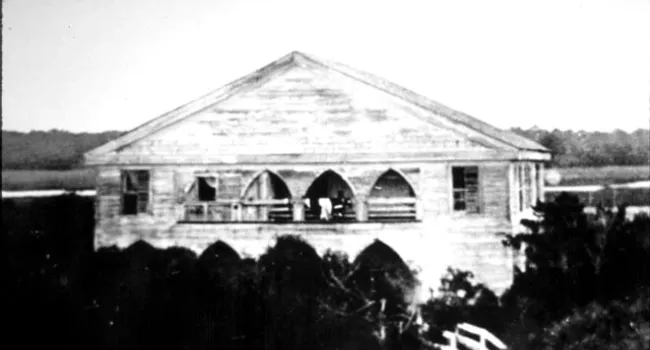
Photo
A Pawley's Island hotel in 1893. Pawley's is one of the oldest beach resorts in the state, and has managed (in spite of having a railroad causeway early in the 20th century, and an automobile causeway...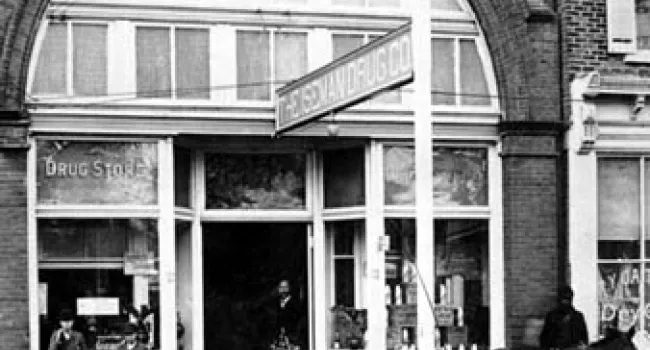
Photo
As early as 1897 the Iseman Drug Company was in operation at 807 Front Street in Georgetown. Although the business was bought out, the name and the distinctive brick archway remained a landmark in...
Photo
The corner of Front and Broad Street in Georgetown, looking east, shows the People's Bank with its summer awnings up on the left, around 1900. Courtesy of the South Caroliniana Library.
Photo
This aerial view of Georgetown was painted by Harper Bond as part of the display for the Georgetown booth at the Charleston Exposition of 1902 (see The Palace Of Commerce) Established in 1735 at the...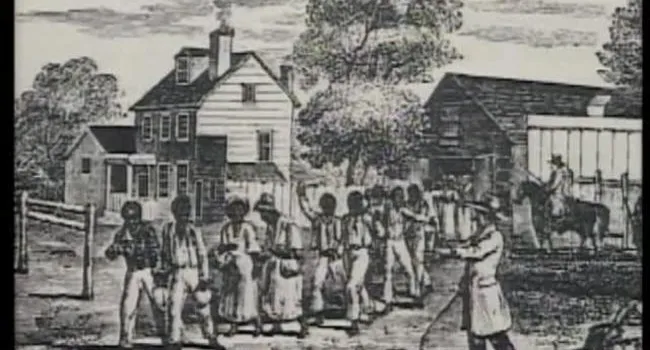
Video
Plantation owners demanded more than just obedience from their slaves. They also demanded things like loyalty, respect, love, and duty. Whippings, and solitary confinement, were common punishments for...
Video
The "Slave Task System" was a widely adopted system in which each worker would have a set of tasks to complete on a daily basis.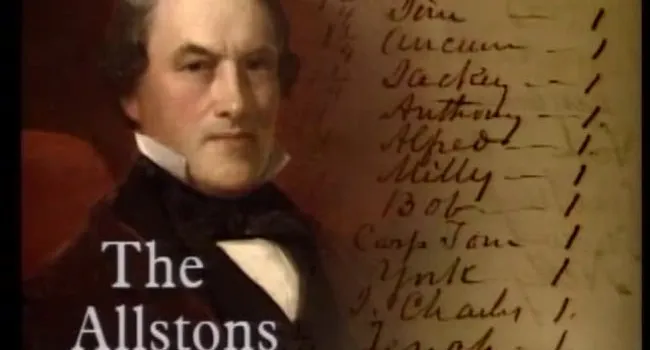
Video
The Allstons, and the Manigaults, were prominent and wealthy plantation owners back in the 1800s.
Video
By 1800, Georgetown was known as the land where planters all made fortunes with rice plantations. In 1839, Georgetown alone produced nearly half of America's Rice.